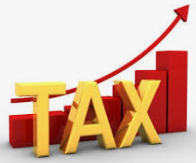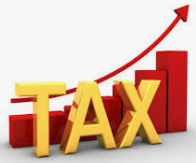
According to a recent article attributed to Nerd Wallet, tax credits available to an individual taxpayer include:
California State Tax Credits
Tax credits are a type of benefit that decreases your taxes owed by the credit amount. Some credits may also be refundable, meaning if the credit amount exceeds how much you owe in taxes, you might be able to get the overage back in the form of a refund.
Here is an overview of a few popular tax credits available in California for the 2023 tax year (taxes filed in 2024).
California Earned Income Tax Credit (CalEITC)
The CalEITC is a tax benefit that mirrors the federal earned income tax credit. Californians with earned income and federal AGI of up to $30,950 in 2023 may be eligible for a tax credit of up to $3, The exact credit amount depends on your filing status and the number of qualifying children. (People without kids also qualify.)
California Young Child Tax Credit (YCTC)
The refundable young child tax credit is another state-level tax credit modeled after the federal version of the child tax credit. People who qualify for the California earned income tax credit mentioned above and who also had a child younger than 6 by the end of the 2023 tax year are generally eligible for the YCTC. The maximum credit for 2023 is $1,117. The credit begins to phase out for those with an earned income of $25,775 and above and is not available for anyone making above $30,931.





























Recent Comments